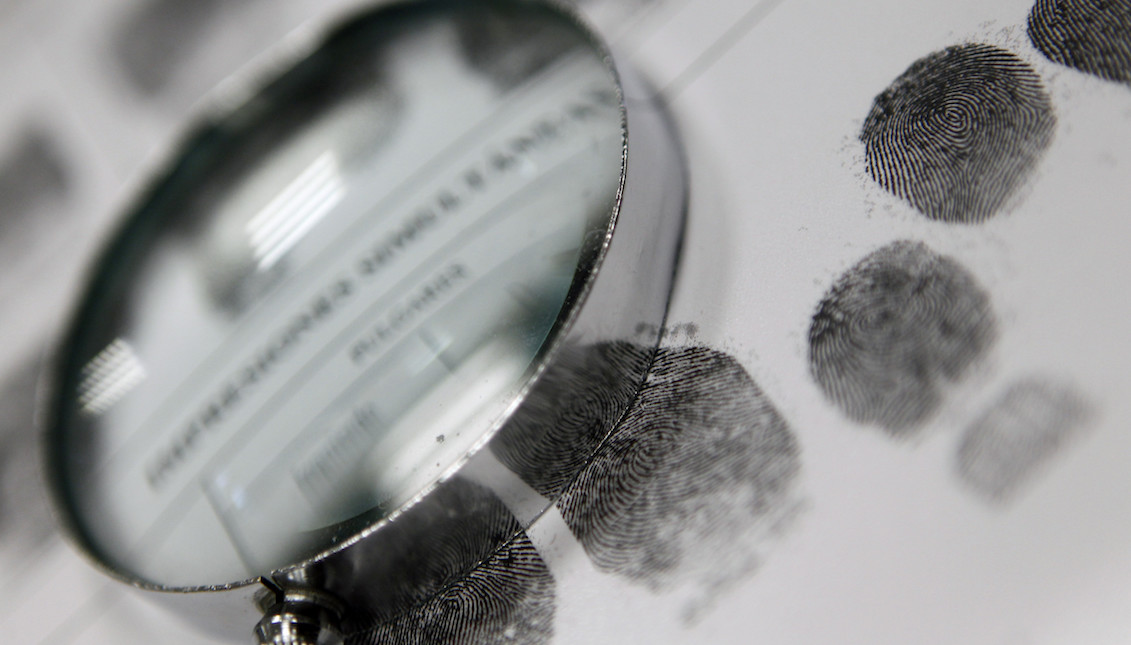
High technology for more deportations
Donald Trump’s government is using high-tech surveillance and data software to locate immigrant citizens for deportation.
Immigration and Customs Enforcement (ICE) agents are using advanced technology - designed to fight terrorism - to monitor and track migrants who are candidates for deportation,
The case came to light once the arrest of Rudy Carcamo-Carranza was made public. Carranza - a 23-year-old waiter from El Salvador - had two deportation orders for DUI and a hit-and-run.
According to The Atlantic, Donald Trump's new strategy would be based not only on surveillance and traditional research methods, but also on cross-platform data control.
In the executive order issued by the president during his fifth day in office, the new measures for the Security Communities included a short section that few noticed: "a few lines down, that revoked Privacy Act protections for non-citizens, making it easier for many federal agencies to share with ICE troves of data on legal and undocumented immigrants", the media reports.
The new measures are part of Donald Trump's electoral promise to "immediately deport 3 million undocumented immigrants," whom he called criminals, gang members, drug dealers and "bad hombres."
After the events of September 11, the United States invested much of its budget in first-rate technology to find and neutralize those who posed a threat to the country. These are the tools that are now being used against immigrants.
Drones, face recognition, mobile fingerprint scanners and cell station simulators (fake telephone towers that capture information from mobile phones) are state-of-the-art technologies that have significantly reduced costs in research and federal surveillance programs, especially after the Obama administration authorized the transfer of fingerprints from local prisons to the Department of Homeland Security, resulting in a torrent of information that allowed the tracing and detention of thousands of immigrants.
RELATED CONTENT
According to The Atlantic, the difference between Trump and his predecessor is that during the Obama administration, much of the detention and deportation was carried out on the border under its Priority Enforcement Program, and the targets were those with a criminal record. In Trump’s scenario, cases of detention and deportation of immigrants without a criminal record are much higher, with an increase of up to 40% reported during his first months in office.
Between the strong anti-immigrant speech and the high technology at his hand, Donald Trump's deportation program is much more advanced and aggressive than the previous ones, opening the focus to territories far from the border.
A spokesman for the National Security Department told NBC News that border drones would not be limited to that area but would be used "where necessary."
In this way, the new administration has managed to circumvent legal measures that protect the privacy of citizens, as there is a legal vacuum regarding the latest technologies, even though state legislatures have tried to promote laws that protect personal data.
The aggravating factor is that, when data is involved, there is no distinction of citizenship and at this rate, the new government would be observing and monitoring every American citizen.











LEAVE A COMMENT:
Join the discussion! Leave a comment.